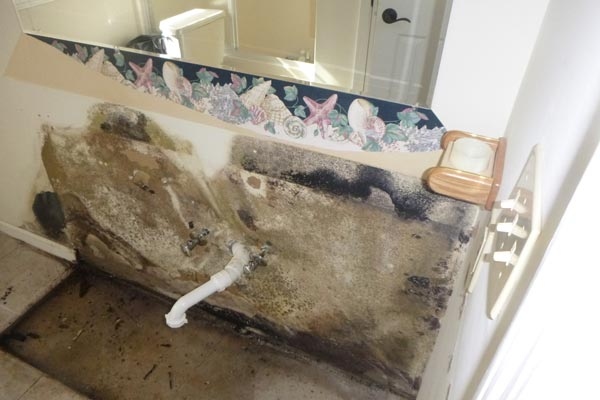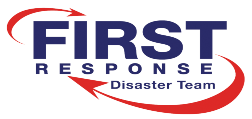5 Essential Tips for Preventing and Dealing with Household Mold

Household mold is a common issue that can pose significant health risks and cause damage to our homes. From unsightly stains to potential respiratory problems, it’s essential to address mold growth promptly and take preventive measures to ensure a healthy living environment. In this blog post, we will explore five essential tips to help in preventing and dealing with household mold effectively.
Understanding the Causes of Household Mold
Mold thrives in damp and humid conditions, making it crucial to identify the root causes of its growth. Common culprits include high indoor humidity levels, water leaks, condensation on windows, and inadequate ventilation. By addressing these underlying factors, you can significantly reduce the likelihood of mold infestation in your home.
Identifying Mold-Prone Areas in Your Home
Certain areas of our homes are more susceptible to mold growth than others. Bathrooms, kitchens, basements, and attics are particularly prone due to their higher moisture levels and lack of proper ventilation. Regularly inspect these areas for signs of mold, especially after water-related incidents like flooding or plumbing leaks.
Effective Mold Prevention Strategies
Prevention is key when it comes to dealing with household mold. Implement these effective strategies to keep mold at bay:
a. Control Indoor Humidity: Maintain indoor humidity levels between 30% to 50%. You can use a hygrometer to monitor humidity and use dehumidifiers or air conditioners to regulate it.
b. Fix Leaks Promptly: Address any water leaks in your home immediately. Whether it’s a dripping faucet or a leaking roof, prompt repairs will prevent moisture buildup and subsequent mold growth.
c. Use Exhaust Fans: Utilize exhaust fans in kitchens and bathrooms to remove excess moisture and steam from these areas.
d. Ensure Proper Ventilation: Properly ventilate your home by opening windows and using exhaust fans. Good ventilation helps to circulate air and reduce moisture buildup.
Recognizing Early Signs of Mold Infestation
Being able to identify the early signs of mold growth can help you take action before it becomes a more significant problem. Keep an eye out for:
- Musty or earthy odors in certain areas of the house.
- Discoloration on walls, ceilings, or surfaces, often appearing as black, green, or white spots.
- Allergic reactions, such as sneezing, coughing, or skin irritation, that worsen when indoors.
Safe and Efficient Household Mold Removal
For small mold outbreaks (less than 10 square feet), you can handle the removal yourself. Remember these essential safety tips:
- Wear protective gear like gloves, goggles, and a face mask to avoid direct contact with mold spores.
- Use a mixture of water and mild detergent for cleaning non-porous surfaces.
- For porous materials, consider discarding and replacing them to prevent regrowth.
For larger infestations or if you’re unsure about handling mold removal, it’s best to seek professional help.
Household mold is a problem that requires both prevention and swift action when discovered. By understanding the causes of mold growth, identifying susceptible areas, and implementing preventive measures, you can maintain a mold-free living environment. Regular inspections, quick repairs, and proper ventilation are essential in keeping mold at bay. Remember, your health and the integrity of your home depend on your proactive approach to preventing and dealing with household mold. Stay vigilant and take action to ensure a safe and healthy living space for you and your loved ones.

